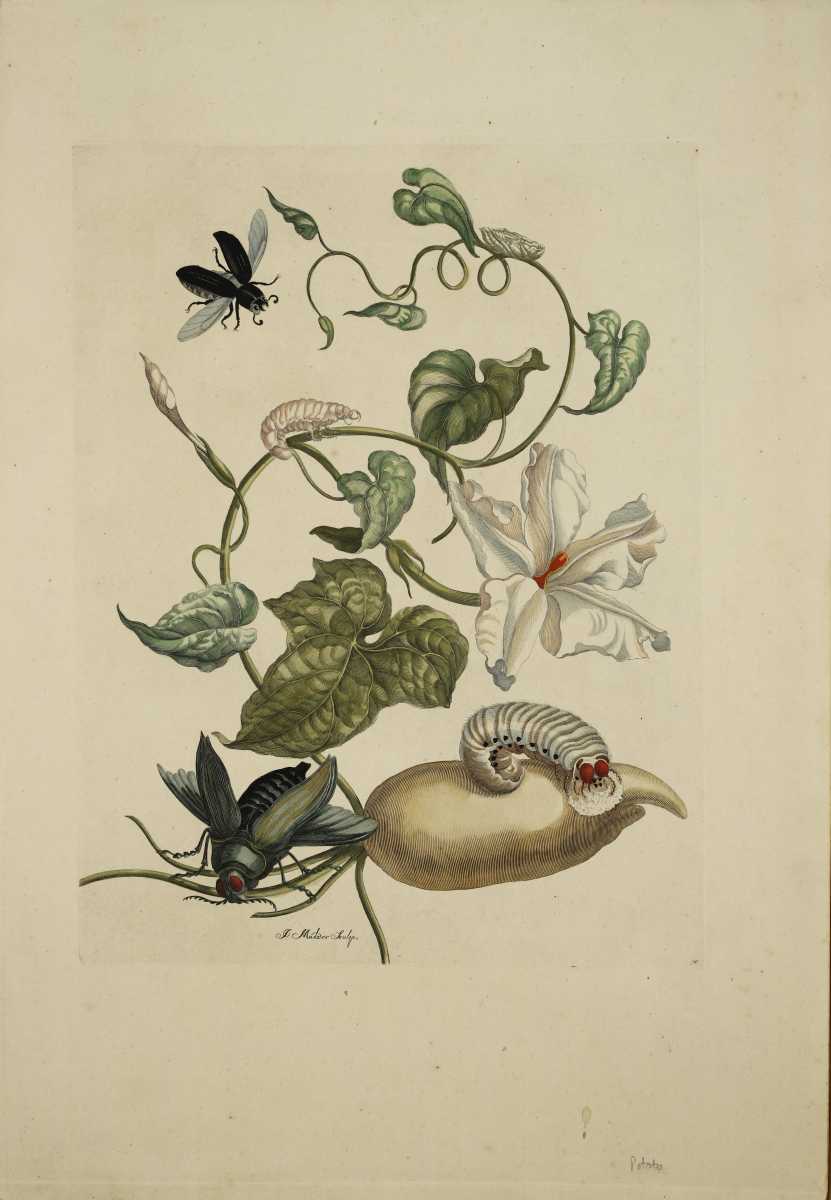Rare Maps and Prints
- World & Celestial
- North America
- West Indies, South & Central America
- British Isles
- British Isles
- English counties
- Large-scale
- Bedfordshire
- Berkshire
- Buckinghamshire
- Cambridgeshire
- Cheshire
- Cornwall
- Cumberland
- Derbyshire
- Devon
- Dorset
- Durham
- Essex
- Gloucestershire
- Hampshire
- Herefordshire
- Hertfordshire
- Huntingdonshire
- Islands
- Kent
- Lancashire
- Leicestershire
- Lincolnshire
- Middlesex
- Norfolk
- Northamptonshire
- Northumberland
- Nottinghamshire
- Oxfordshire
- Rutland
- Shropshire
- Somerset
- Staffordshire
- Suffolk
- Surrey
- Sussex
- Warwickshire
- Westmoreland
- Wiltshire
- Worcestershire
- Yorkshire
- Wales
- Scotland
- Ireland
- Western Europe
- Eastern Europe
- Middle East
- Africa
- Asia
- Australasia & Pacific
- Decorative Prints
- Title Pages
Mr. Philip D. Burden
P.O. Box 863,
Chalfont St. Giles, Bucks HP6 9HD,
UNITED KINGDOM
Tel: +44 (0) 1494 76 33 13
Email: enquiries@caburden.com
Maria Sibylla Merian (1647-1717) is most famous for two published works, the Dissertatio de Generatione et Metamorphosibus Insectorum Surinamensium first published in 1705 and De Europische Insecten of 1730, both published in Amsterdam. Maria was the daughter of Matthias Merian (1593-1650) a noted engraver and publisher. She devoted her life to the study of insects and their metamorphoses. Noting the fascinating insects returning from the Dutch colony in South America, she set sail with her daughter Dorothea in 1699 for Surinam where she remained until 1701. Her work was the first to show the European public the beauty and wealth of the insect life in the region. The various stages of caterpillar and butterfly are all shown amongst native flora and fruiting plants. The daughter Maria returned to Surinam to complete with work which was expanded with 12 further plates and published two years after her mothers death in 1719. A third edition appeared in 1726. Dunthorne (1938) 205; Great Flower Books (1956) p. 67; Hunt (1958) 467; Landwehr (1976) 131; Nissen (1966) 1341.



